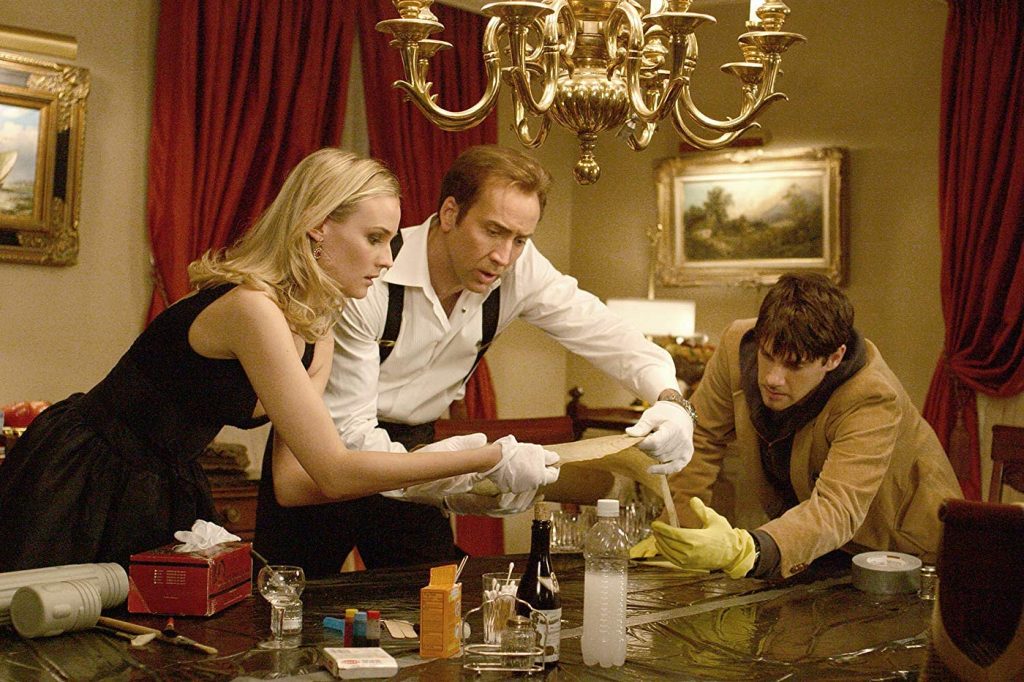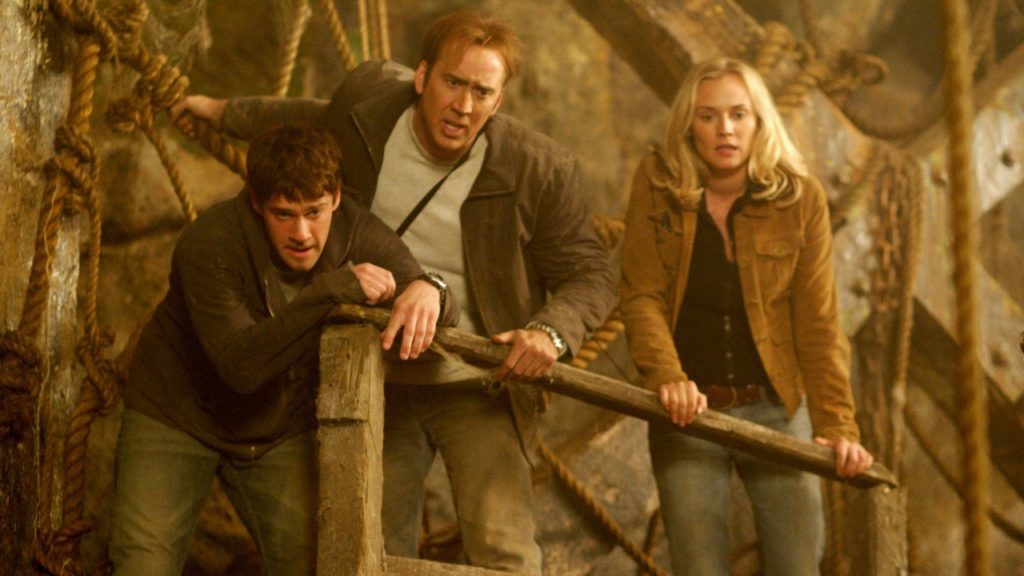The theory of encoding and coding by Jamaican-scholar cultural theorist Stuart Hall (1932-2014)He is often referred to as one of the founding figures of British Cultural Studies, playing a significant role in analysing how culture, media and society intersect, the play explains how messages are created by producers and interpreted by audiences. Developed in the 1970s, Hall’s theory challenges the idea that communication is a straight idea of meaning. Emphasising the meaning encoded by media producers and decoding by audiences often leads to varied performances. Stuart states that the audience plays a significant role in creating meaning, as in the production process, speculations are made about the audience (Durham 2006, pg 164) to get them to agree with the prevailing message.

In National Treasure (2004), the treasure hunt narrative becomes a perfect metaphor for HallÔÇÖs theory. The process of encoding and decoding, both literal and symbolic, is at the heart of the movie, making it a model example to analyse HallÔÇÖs ideas. In National Treasure (2004), this theory comes alive as the characters (and indirectly the audience) engage with encoded messages hidden in historical documents, unravelling their meanings to advance the story.
The film offers a rich metaphor for how encoding and decoding operate in media and storytelling. They encode the messages in the narrative from The Founding Fathers as they act as the ultimate ÔÇťmedia producersÔÇŁ, embedding a trail of clues and hidden meanings into historical artefacts. For example, the Ottendorf cipher links numerical sequences to specific passages in the Silence Dogood letters. Using visual symbols of The Eye of Providence and Masonic imagery act as clues and thematic symbols. These elements are intentionally placed for those with the tools and knowledge to decode them, much like media creators embed cultural references or subtext into their works.
They decode during the plot, as in the film Benjamin Gates (Nicolas Cage), and his team represent the ÔÇťaudienceÔÇŁ actively decoding these encoded messages. With Ben decoding the messages as intended, following the clues step-by-step to uncover the treasure as the preferred reading, Ian Howe (the antagonist) interprets the encoded clues differently, motivated by greed rather than historical reverence, which is seen as Negotied Reading. In the film, the FBI dismisses BenÔÇÖs interpretations, rejecting the idea that the Declaration contains a hidden map, an oppositional reading in the movie. National Treasure doesnÔÇÖt just use encoding and decoding as a plot device; it mirrors the media consumption process as audiences decode these elements, engaging with the movie on different levels. For some, it can be a thrilling adventure. For others, itÔÇÖs a reflection on patriotism and the importance of history. This reflects how messages are understood differently based on individuals’ motivations and perspectives.

Thus, in National Treasure, the hidden maps, ciphers and symbols are more than just tools for treasure hunting ÔÇô they cinematic representations of how media messages are crafted, transmitted and interpreted. The filmÔÇÖs layered stroying brilliantly aligns with the encoding/decoding theory by Stuart Hall, making it a dynamic example of media theory.
Overall, by emphasising the complexity of communication, Stuart HallÔÇÖs Encoding/Decoding Theory remains a powerful tool for understanding the relationship between media and its audiences.
References:
Stuart Hall and the Rise of Cultural Studies- (2017, July 17) Hua Hsu
https://www.newyorker.com/books/page-turner/stuart-hall-and-the-rise-of-cultural-studies
Encoding and Decoding in the television discourse Stuart Hall (1973)
https://blog.richmond.edu/watchingthewire/files/2015/08/Encoding-Decoding.pdf
Decoded: Hidden Message in National Treasure, Feb 26, Anne
https://bcachemistry.wordpress.com/2014/02/26/decoded-hidden-message-in-national-treasure
Historical Interpreter/Reenactor ÔÇö Michael Carver
Silence Dogood, No. 1, April 2, 1722
https://founders.archives.gov/documents/Franklin/01-01-02-0008

